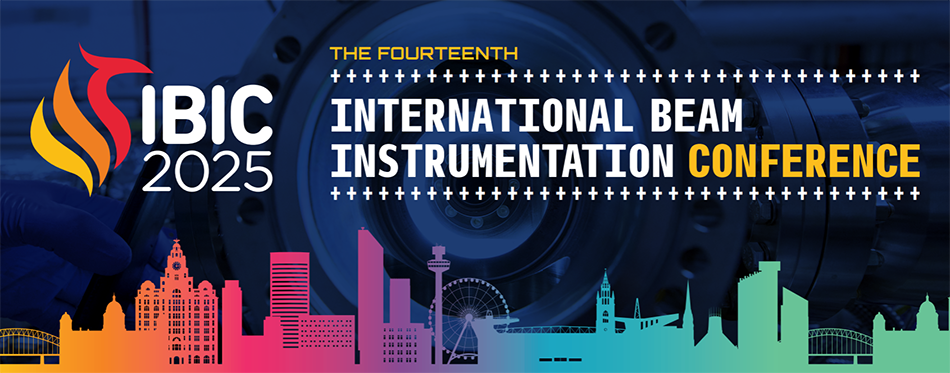Speaker
Description
For high-precision experiments involving low-energy antiprotons, non-invasive beam charge measurements with high accuracy are crucial. This paper presents a simulation study investigating the feasibility of a cavity-based beam current monitor (BCM) for low-energy antiprotons. Conventional invasive methods, such as Faraday Cups and MCPs, suffer from charge loss, limiting measurement accuracy. This issue is particularly challenging for low energy charged antimatter, where accounting for charge loss is complex due to uncertainties in their interactions with matter. Existing techniques are reviewed and compared, and efforts to improve measurement accuracy within a tighter error margin than current methods are discussed. This study is motivated by challenges faced by antimatter experiments such as AEgIS at CERN, which aim to probe antimatter behavior under gravity. The preliminary results of the simulation and feasibility analysis of the BCM will be discussed.
Funding Agency
This project is funded by the Science and Technology Facilities Council (STFC) under the Doctoral Training Grant ST/Y509838/1.
| I have read and accept the Conference Policies | Yes |
|---|

